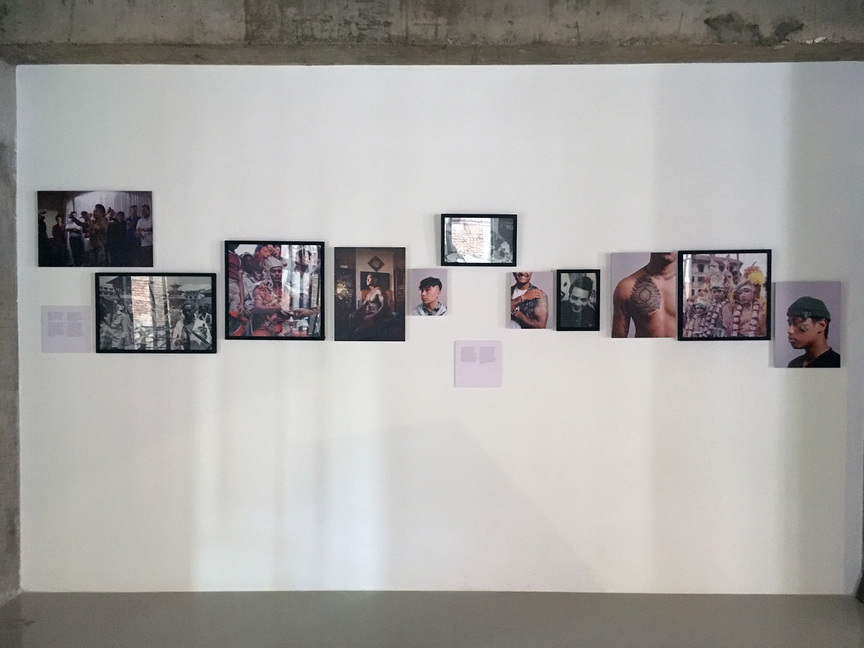
R
E
V N
E
X
T
Platform for Protest: Highlights from Photo Kathmandu 2018
The inaugural Photo Kathmandu launched in 2015, just six months after the deadly Nepal Earthquake. Since then, the festival has grown from being a one-week event to a one-month-long series of programs. Organized by local photography platform Photo.circle in collaboration with a network of independent curatorial platforms, the 2018 Photo Kathmandu included a series of 14 exhibitions scattered throughout the city’s galleries and public spaces, as well as programs such as artist talks, workshops, portfolio reviews and evening meet-ups at local bars.
With a diverse group of local and international participating artists, Photo Kathmandu achieved a cross-cultural evaluation of prevalent societal issues revolving around the subjects of “gender, power, identity, patriarchy and sexuality.” Among the exhibitions, for example, was Delhi-based artist Amar Kanwar’s “The Lightning Testimonies,” which featured an eight-channel, immersive video installation presenting multiple raw and horrifying accounts of sexual violence against women in India. Geneva-born Iranian photographer Laurence Rasti’s show “There Are No Homosexuals in Iran” confronted the homophobic rhetoric in the laws of Iran, where homosexuality is still punishable by death, and which has ultimately forced groups of homosexual Iranians to flee their country. In addition to exhibitions, to honor the contributions of Dhaka-based photographer Shahidul Alam, who was arrested on August 5 for publicly speaking out against the Bangladeshi government’s handling of student-led protests calling for road safety, Photo Kathmandu named Alam winner of the 2018 Award of Excellence.
Here are a selection of highlights from the many distinctive programs of Photo Kathmandu 2018.
The 2018 Photo Kathmandu runs until November 16, 2018.
To read more of ArtAsiaPacific’s articles, visit our Digital Library.











